Yellow rapeseed is one of the most beautiful flower species in Europe, also known as canola, is a vibrant and versatile crop that blankets landscapes with a sea of golden hues. These fields of radiant yellow flowers are a captivating sight, signifying the arrival of spring and bringing a sense of warmth and joy to the surroundings.
Yellow Rapeseed images
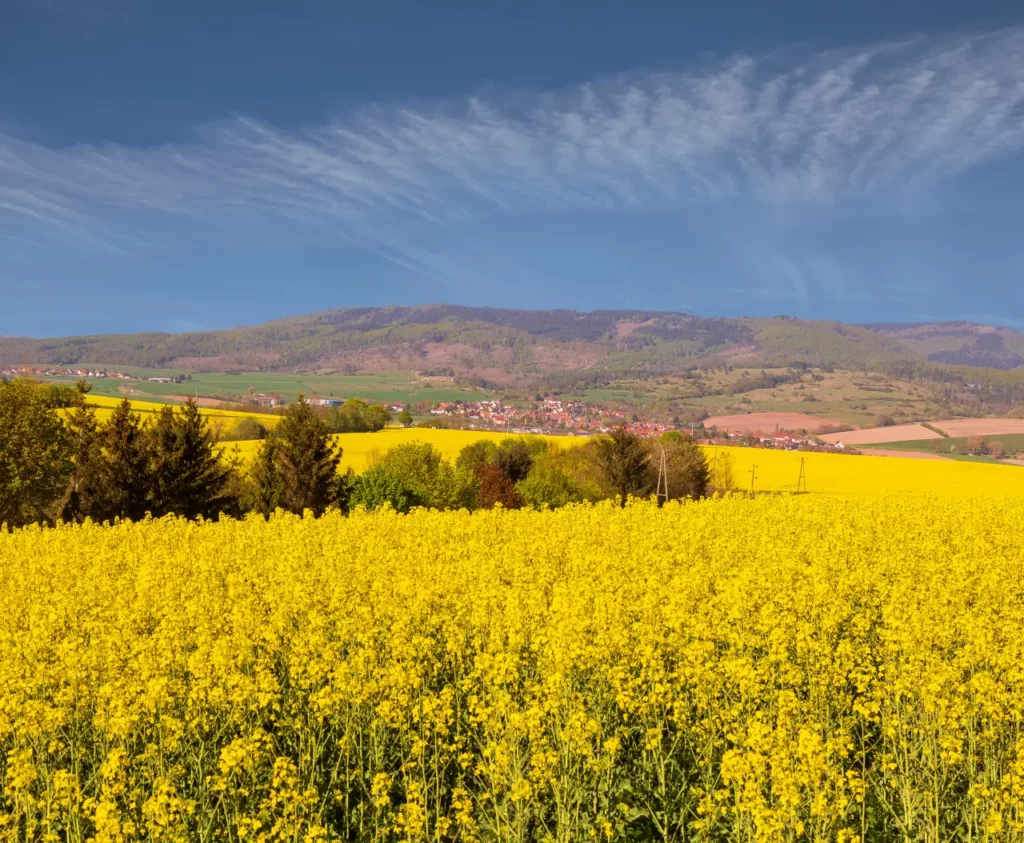
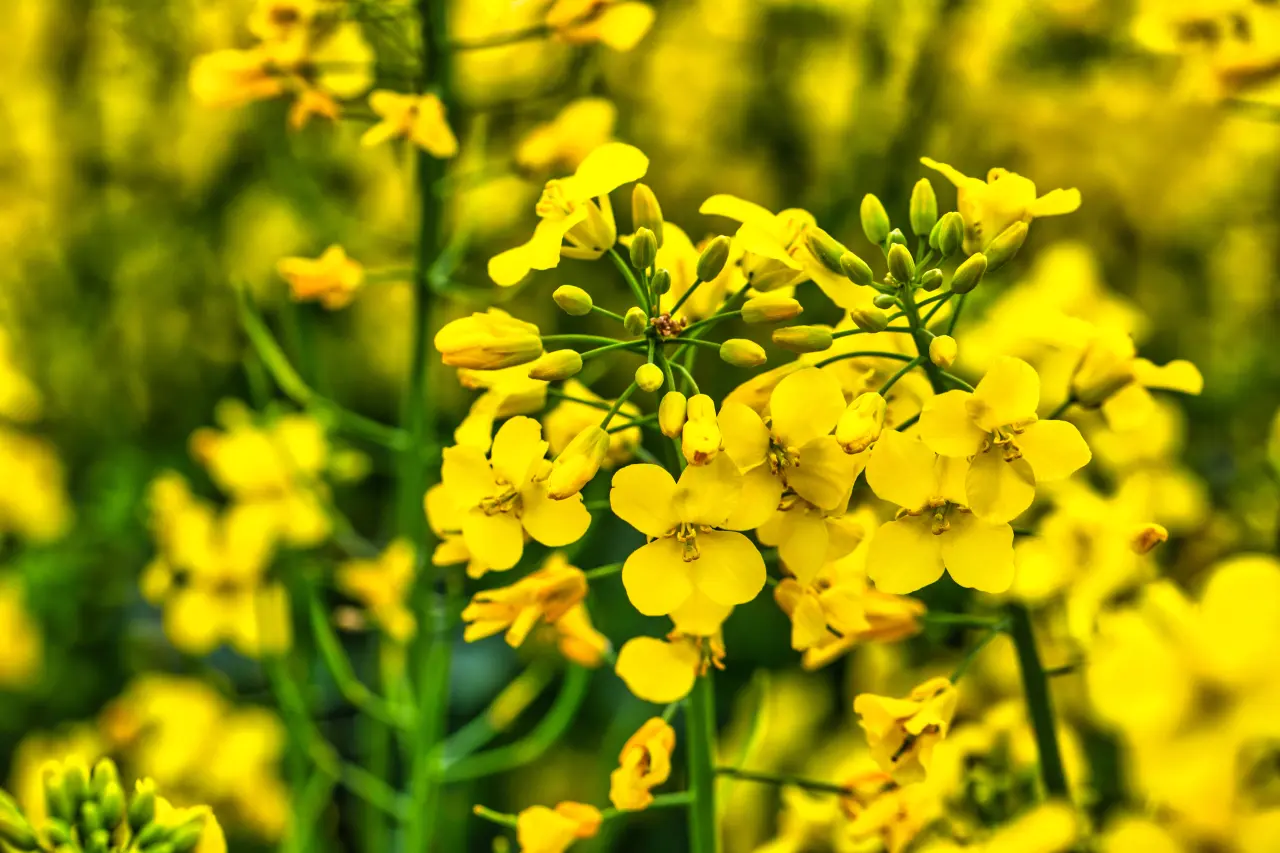
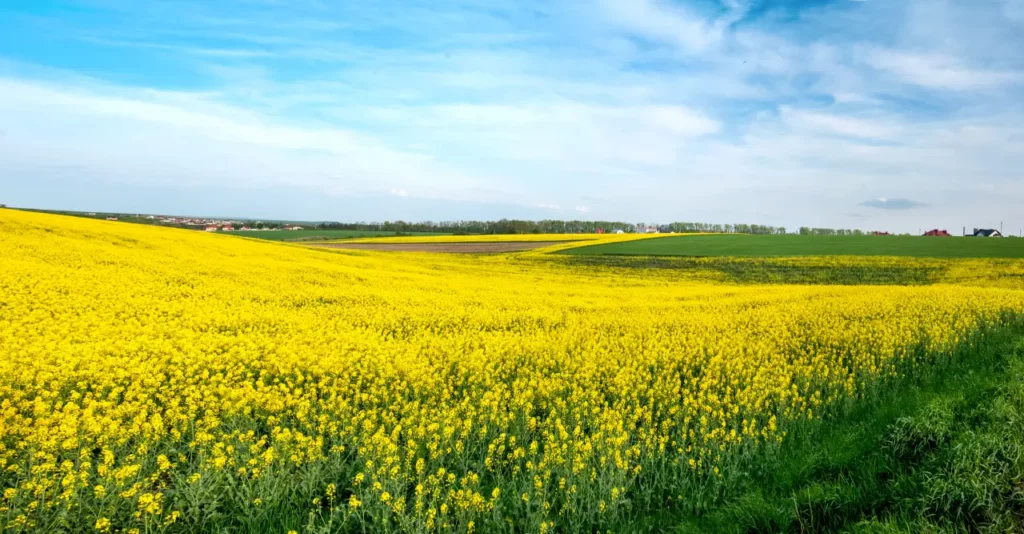
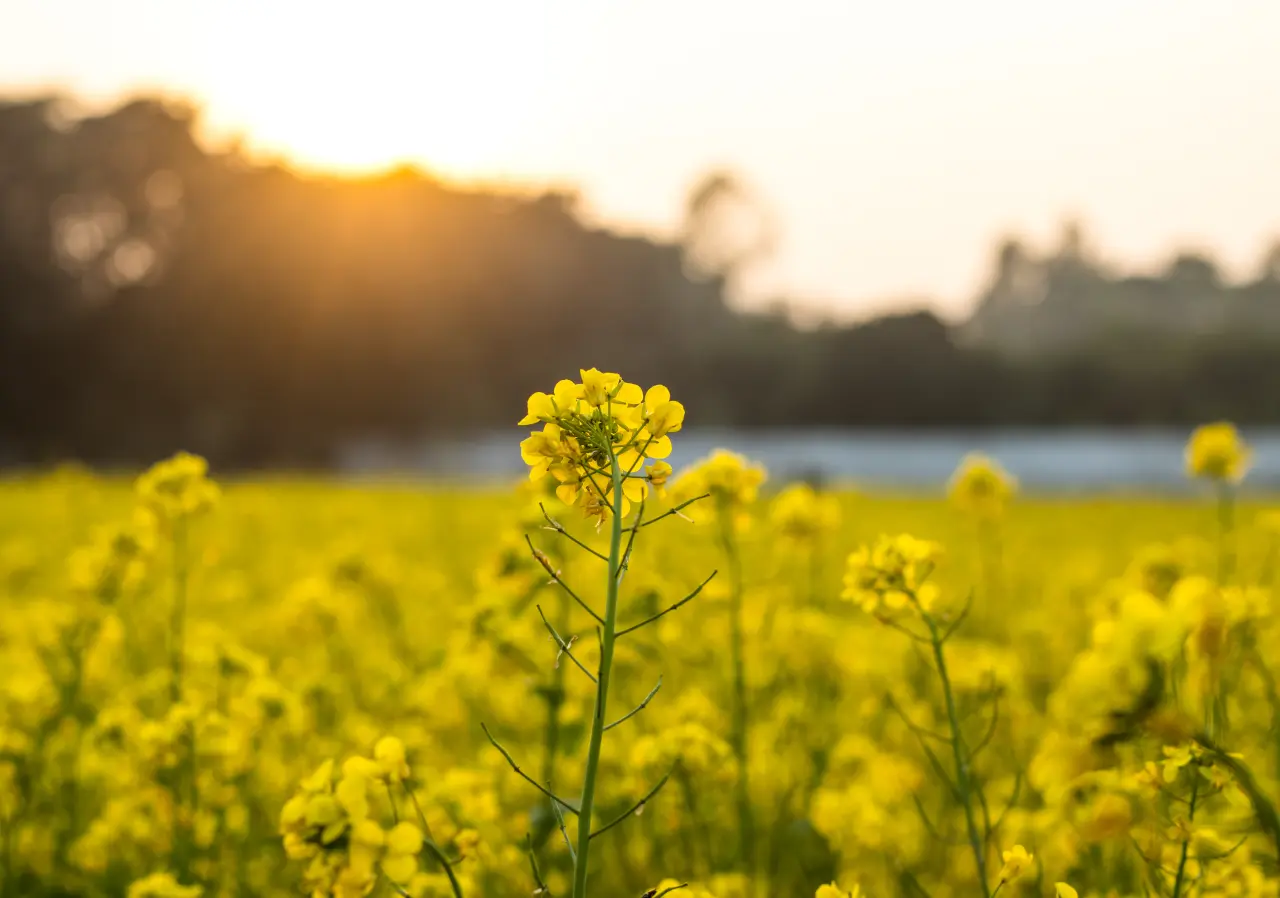

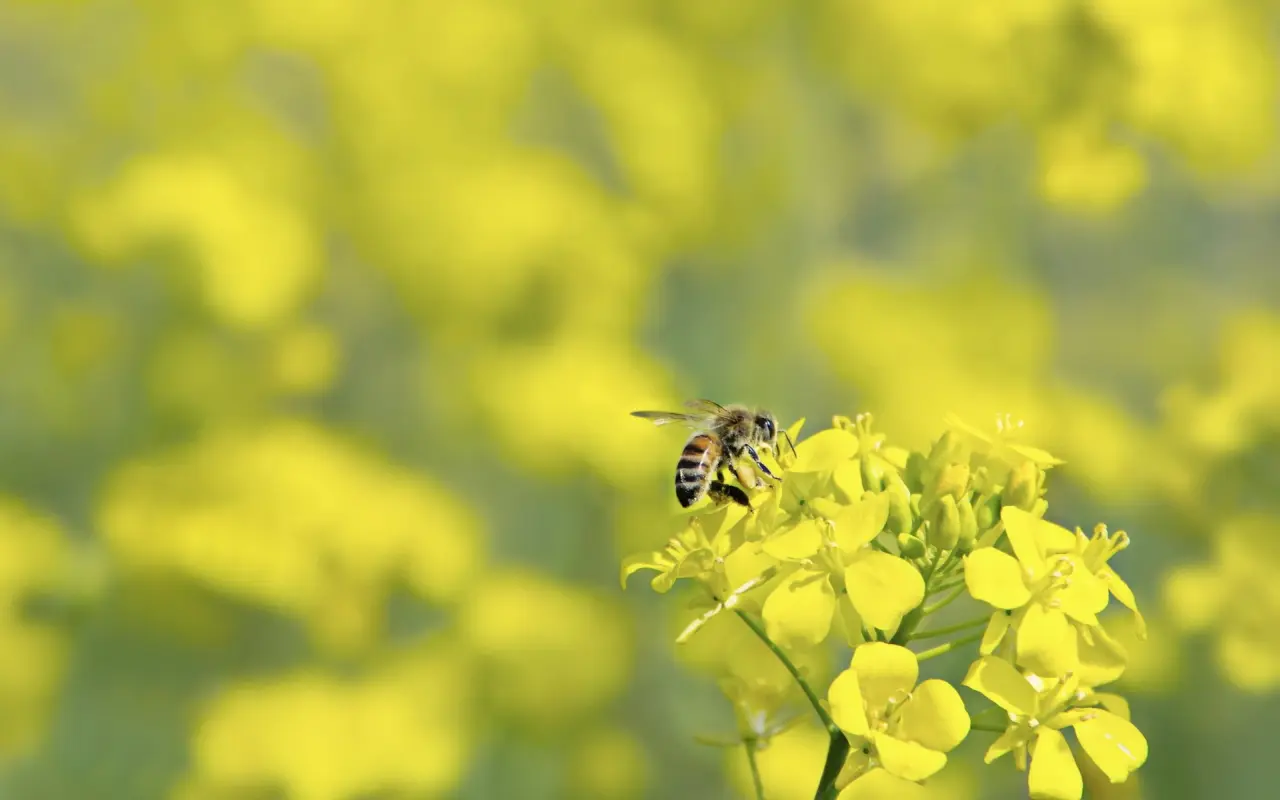
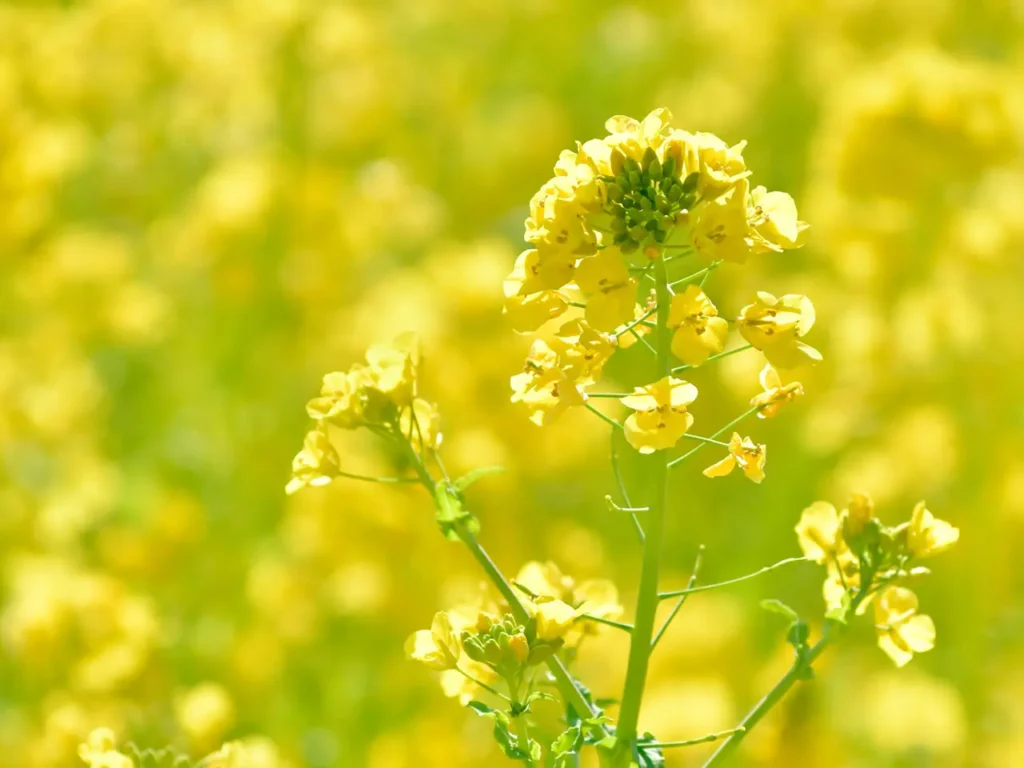
Beyond their visual appeal, yellow rapeseed plants offer a host of benefits, from their agricultural significance to their diverse range of uses. Let’s explore the world of yellow rapeseed and discover why it has become such an iconic crop.
A Golden Sea of Beauty
The sight of vast yellow rapeseed fields is truly a spectacle to behold. These expansive landscapes, found in various parts of the world, including Europe, North America, and Australia, showcase the vibrant and cheerful nature of yellow rapeseed flowers. As the plants bloom, they create a visual feast of golden petals stretching as far as the eye can see. This breathtaking display attracts photographers, artists, and nature enthusiasts, who are drawn to the captivating beauty and serenity of these fields.
Agricultural Significance
Yellow rapeseed is an important agricultural crop, providing both economic and environmental benefits. The seeds of the rapeseed plant are used to produce canola oil, one of the most widely consumed vegetable oils globally. Canola oil is known for its heart-healthy properties, as it is low in saturated fat and rich in omega-3 fatty acids. The cultivation of yellow rapeseed also contributes to crop rotation practices, which help improve soil health, prevent erosion, and reduce pest and disease pressure on other crops.
Versatile Uses
Yellow rapeseed has a diverse range of uses beyond oil production. The oil extracted from the seeds is not only consumed for cooking purposes but also finds applications in food processing, margarine production, and salad dressings. Additionally, rapeseed meal, a byproduct of oil extraction, is used as animal feed, providing a valuable source of protein for livestock. The crop’s versatility extends to its potential as a biofuel feedstock, with research and development ongoing to explore its use in renewable energy production.
Environmental Benefits
Yellow rapeseed cultivation offers several environmental benefits. The plant has a relatively low carbon footprint compared to some other crops, making it an environmentally friendly choice for farmers. Its deep root system helps improve soil structure and enhances water absorption, reducing the risk of soil erosion and water runoff. Furthermore, yellow rapeseed fields provide habitat and food sources for pollinators and beneficial insects, contributing to biodiversity and ecological balance.
Yellow rapeseed, with its fields of golden beauty and versatile uses, holds a significant place in both agricultural and natural landscapes. From the captivating visual display of blooming fields to the nutritional benefits of canola oil, this crop brings both aesthetic pleasure and practical value. Its agricultural significance, versatility, and environmental benefits make it an important crop in many parts of the world. So, the next time you encounter a vibrant sea of yellow rapeseed, take a moment to appreciate the beauty and consider the many ways this humble crop enriches our lives and the environment around us.








